The world’s smallest remote-controlled walking robot, measuring just half a millimetre wide, has been demonstrated by Northwestern University. Its potential applications include the clearing of blocked arteries.
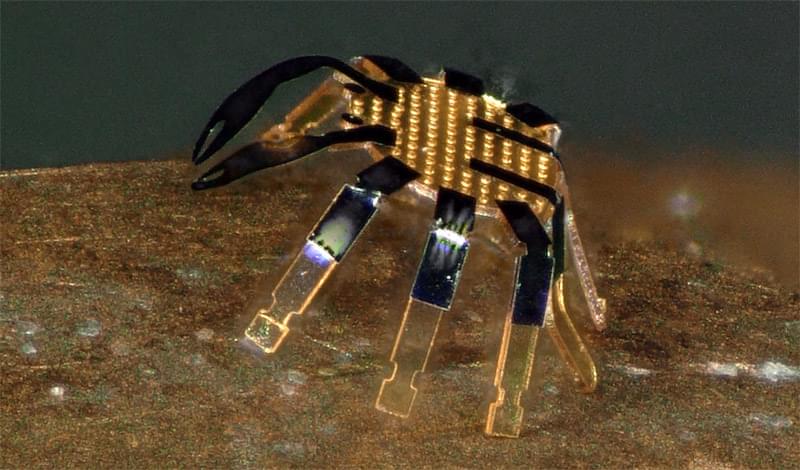

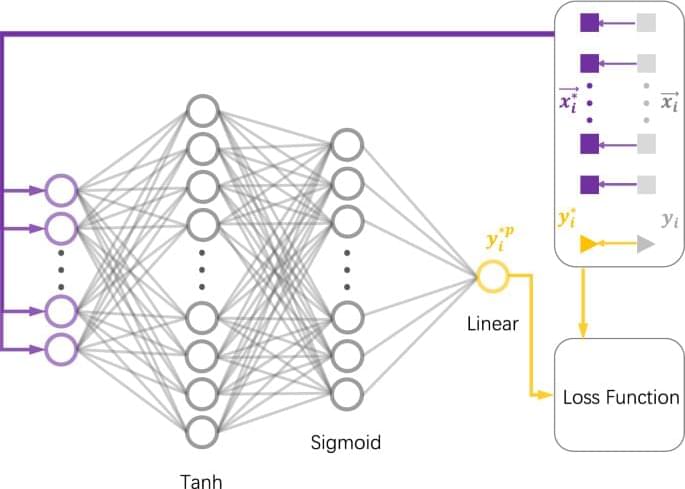
For instance, continuous-variable (CV) QKD has its own distinct advantages at a metropolitan distance36,37 due to the use of common components of coherent optical communication technology. In addition, the homodyne38 or heterodyne39 measurements used by CV-QKD have inherent extraordinary spectral filtering capabilities, which allows the crosstalk in wavelength division multiplexing (WDM) channels to be effectively suppressed. Therefore, hundreds of QKD channels may be integrated into a single optical fiber and can be cotransmitted with classic data channels. This allows QKD channels to be more effectively integrated into existing communication networks. In CV-QKD, discrete modulation technology has attracted much attention31,40,41,42,43,44,45,46,47,48,49,50 because of its ability to reduce the requirements for modulation devices. However, due to the lack of symmetry, the security proof of discrete modulation CV-QKD also mainly relies on numerical methods43,44,45,46,47,48,51.
Unfortunately, calculating a secure key rate by numerical methods requires minimizing a convex function over all eavesdropping attacks related with the experimental data52,53. The efficiency of this optimization depends on the number of parameters of the QKD protocol. For example, in discrete modulation CV-QKD, the number of parameters is generally \(1000–3000\) depending on the different choices of cutoff photon numbers44. This leads to the corresponding optimization possibly taking minutes or even hours51. Therefore, it is especially important to develop tools for calculating the key rate that are more efficient than numerical methods.
In this work, we take the homodyne detection discrete-modulated CV-QKD44 as an example to construct a neural network capable of predicting the secure key rate for the purpose of saving time and resource consumption. We apply our neural network to a test set obtained at different excess noises and distances. Excellent accuracy and time savings are observed after adjusting the hyperparameters. Importantly, the predicted key rates are highly likely to be secure. Note that our method is versatile and can be extended to quickly calculate the complex secure key rates of various other unstructured quantum key distribution protocols. Through some open source deep learning frameworks for on-device inference, such as TensorFlow Lite54, our model can also be easily deployed on devices at the edge of the network, such as mobile devices, embedded Linux or microcontrollers.
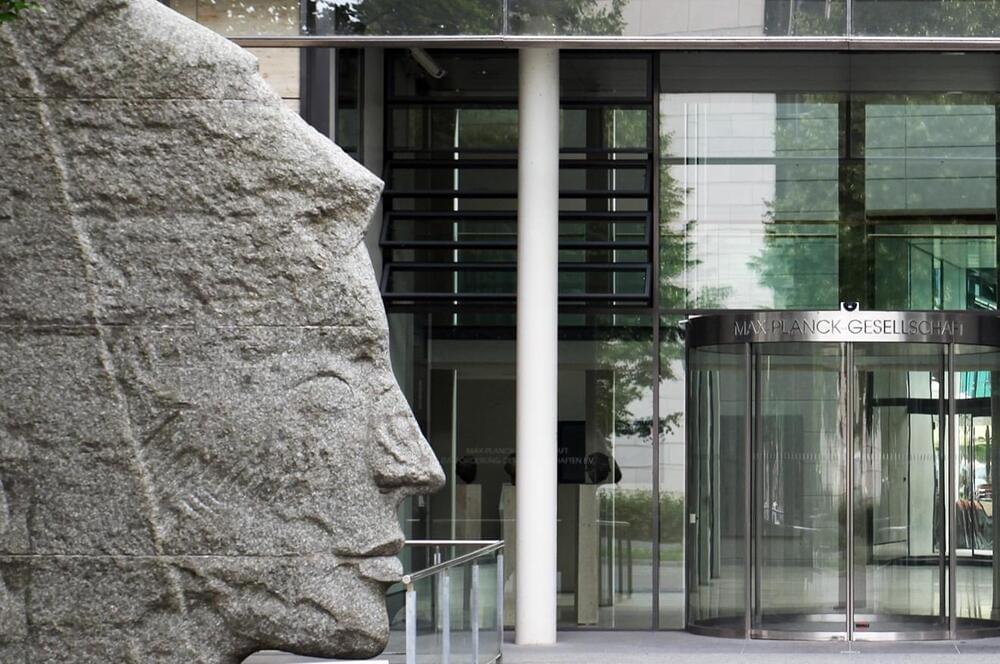
Amazon and Max Planck Society announced the formation of a Science Hub—a collaboration that marks the first Amazon Science Hub to exist outside the United State… See more.
Amazon and Max Planck Society (also known as Max-Planck-Gesellschaft or MPG) today announced the formation of a Science Hub. The collaboration marks the first Amazon Science Hub to exist outside the United States and will focus on advancing artificial intelligence research and development throughout Germany.
The hub’s goal is to advance the frontiers of AI, computer vision, and machine learning research to ensure that research is creating solutions whose benefits are shared broadly across all sectors of society. To achieve that end, the collaboration will include sponsored research; open research; industrial fellowships co-supervised by Max Planck and Amazon; and community events funding to enrich the MPG and Amazon research communities.
The hub opens doors to further scientific collaboration with Max Planck Institutes (MPI), including the MPI for Intelligent Systems, the MPI for Software Systems, the MPI for Informatics, and the MPI for Biological Cybernetics.
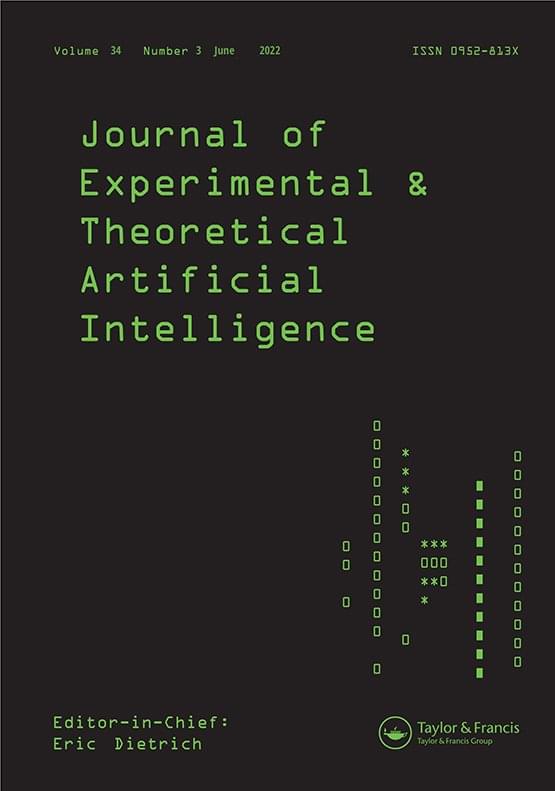
(2022). Journal of Experimental & Theoretical Artificial Intelligence. Ahead of Print.
AI has for decades attempted to code commonsense concepts, e.g., in knowledge bases, but struggled to generalise the coded concepts to all the situations a human would naturally generalise them to, and struggled to understand the natural and obvious consequences of what it has been told. This led to brittle systems that did not cope well with situations beyond what their designers envisaged. John McCarthy (1968) said ‘a program has common sense if it automatically deduces for itself a sufficiently wide class of immediate consequences of anything it is told and what it already knows’; that is a problem that has still not been solved. Dreifus (1998) estimated that ‘Common sense is knowing maybe 30 or 50 million things about the world and having them represented so that when something happens, you can make analogies with others’. Minsky presciently noted that common sense would require the capability to make analogical matches between knowledge and events in the world, and furthermore that a special representation of knowledge would be required to facilitate those analogies. We can see the importance of analogies for common sense in the way that basic concepts are borrowed, e.g., the tail of an animal, or the tail of a capital ‘Q’, or the tail-end of a temporally extended event (see also examples of ‘contain’, ‘on’, in Sec. 5.3.1). More than this, for known facts, such as ‘a string can pull but not push an object’, an AI system needs to automatically deduce (by analogy) that a cloth, sheet, or ribbon, can behave analogously to the string. For the fact ‘a stone can break a window’, the system must deduce that any similarly heavy and hard object is likely to break any similarly fragile material. Using the language of Sec. 5.2.1, each of these known facts needs to be treated as a schema,14 and then applied by analogy to new cases.
Projection is a mechanism that can find analogies (see Sec. 5.3.1) and hence could bridge the gap between models of commonsense concepts (i.e., not the entangled knowledge in word embeddings learnt from language corpora) and text or visual or sensorimotor input. To facilitate this, concepts should be represented by hierarchical compositional models, with higher levels describing relations among elements in the lower-level components (for reasons discussed in Sec. 6.1). There needs to be an explicit symbolic handle on these subcomponents; i.e., they cannot be entangled in a complex network. For visual object recognition, a concept can simply be a set of spatial relations among component features, but higher concepts require a complex model involving multiple types of relations, partial physics theories, and causality. Secs. 5.2 and 5.3 give a hint of what these concepts may look like, but a full example requires a further paper.
Moving beyond the recognition of individual concepts, a complete cognitive system needs to represent and simulate what is happening in a situation, based on some input, e.g., text, visual. This means instantiating concepts in some workspace to flesh out relevant details of a scenario. Sometimes very little data is available for some part of a scenario, and it must be imagined. For example, suppose some machine in a wooden casing moves smoothly across a surface, but the viewer cannot see what mechanism is on the underside, the viewer may conjecture it rolls on wheels, and if it gets stuck one may imagine a wheel hitting a small stone. This type of imagination is another projection: assuming a prior model of a wheeled vehicle is available, then the parts of this can be projected to positions in the simulation (parts unseen in the actual scenario). Similarly for a wheel hitting a stone: a schema abstracted from a previously experienced episode of such an occurrence can serve as a model. Simulation and projection must work together to imagine scenarios, because an unfolding simulation may trigger new projections. If the simulation is of something happening in the present, then sensor data can enter to constrain the possibilities for the simulation. The importance of analogy for this kind of reasoning in a human-level cognitive agent has also been recognised by other AI researchers (K. D. Forbus & Hinrichs, 2006 ; Forbus et al., 2008).

Multitask learning assumes that models capable of learning from multiple tasks can achieve better quality and efficiency via knowledge transfer, a key feature of human learning. Though, state of the art ML models rely on high customization for each task and leverage size and data scale rather than scaling the number of tasks. Also, continual learning, that adds the temporal aspect to multitask, is often focused to the study of common pitfalls such as catastrophic forgetting instead of being studied at a large scale as a critical component to build the next generation artificial intelligence. We propose an evolutionary method that can generate a large scale multitask model, and can support the dynamic and continuous addition of new tasks.

Deep Learning (DL) has shown great promise in the unsupervised task of clustering. That said, while in classical (i.e., non-deep) clustering the benefits of the nonparametric approach are well known, most deep-clustering methods are parametric: namely, they require a predefined and fixed number of clusters, denoted by K. When K is unknown, however, using model-selection criteria to choose its optimal value might become computationally expensive, especially in DL as the training process would have to be repeated numerous times. In this work, we bridge this gap by introducing an effective deep-clustering method that does not require knowing the value of K as it infers it during the learning. Using a split/merge framework, a dynamic architecture that adapts to the changing K, and a novel loss, our proposed method outperforms existing nonparametric methods (both classical and deep ones).
Note: This is a joint distillation of both Iterated Distillation and Amplification by Ajeya Cotra (summarizing Paul Christiano) and A Generalist Agent by DeepMind.
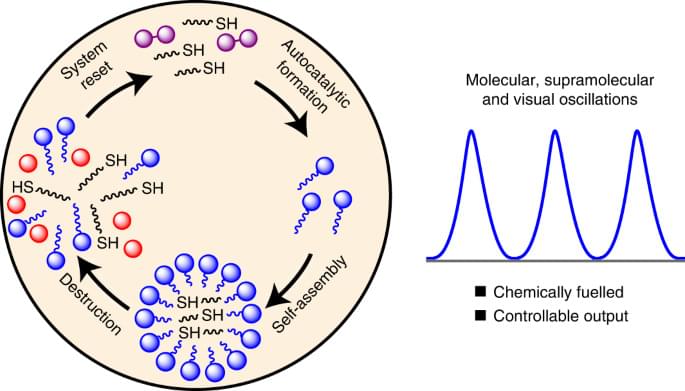
Oscillations are widespread throughout the natural world and a number of fascinating inorganic oscillating reactions are known—but the formation and control of oscillating, self-replicating synthetic systems has remained challenging. Now, it has been shown that chemically fuelled oscillations within a network of organic replicators can drive supramolecular assembly and disassembly.

If you are interested in artificial general intelligence (AGI), then I have a panel discussion to recommend. My friend, David Wood, has done a masterful job of selecting three panelists with deep insight into possible regulation of AGI. One of the panelists was my friend, Dan Faggella, who was eloquent and informative as usual. For this session of the London Futurists, David Wood selected two other panelists with significantly different opinions on how to properly restrain AGI.
An artificial general intelligence (AGI), by one definition, is an agent that requires less information than any other to make an accurate prediction. It is arguable that the general reinforcement learning agent AIXI not only met this definition, but was the only mathematical formalism to do so. Though a significant result, AIXI was incomputable and its performance subjective. This paper proposes an alternative formalism of AGI which overcomes both problems. Formal proof of its performance is given, along with a simple implementation and experimental results that support these claims.

Here are some things I would expect any AGI to be able to do:…
Epistemic status: trying to feel out the shape of a concept and give it an appropriate name. Trying to make explicit some things that I think exist implicitly in many people’s minds. This post makes truth claims, but its main goal is to not to convince you that they are true.